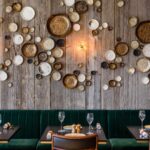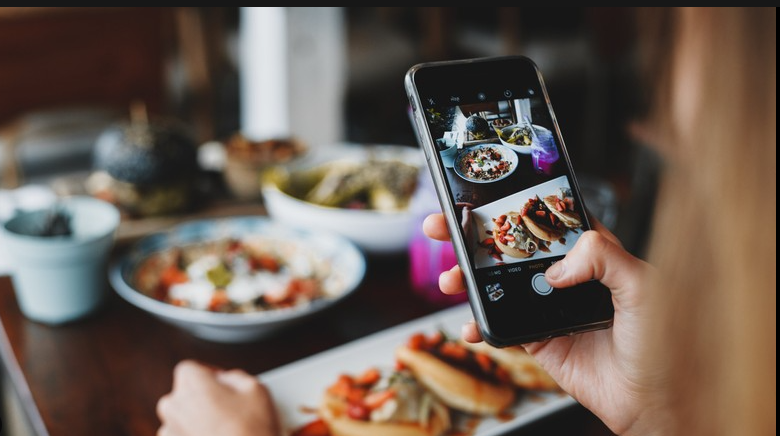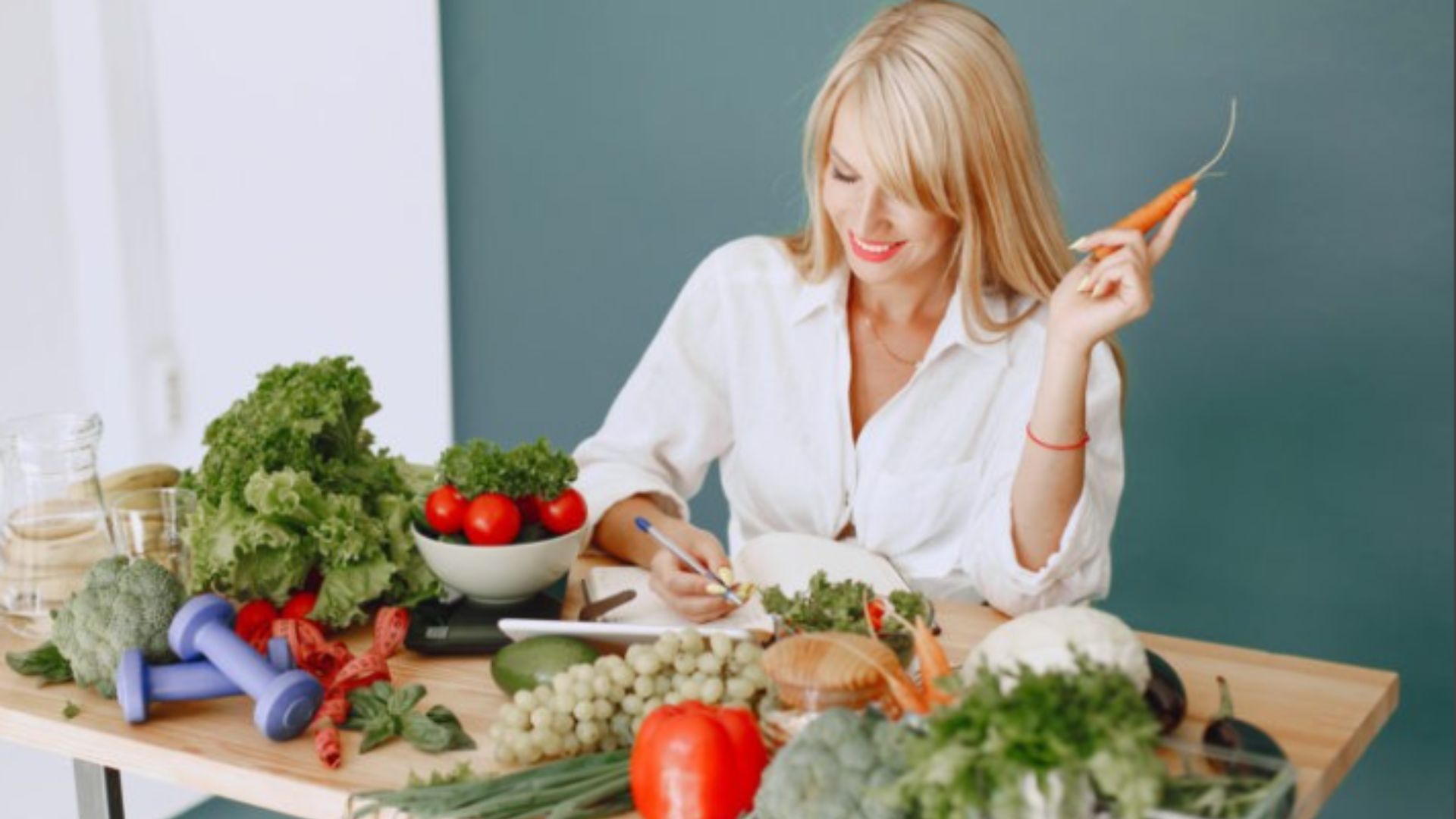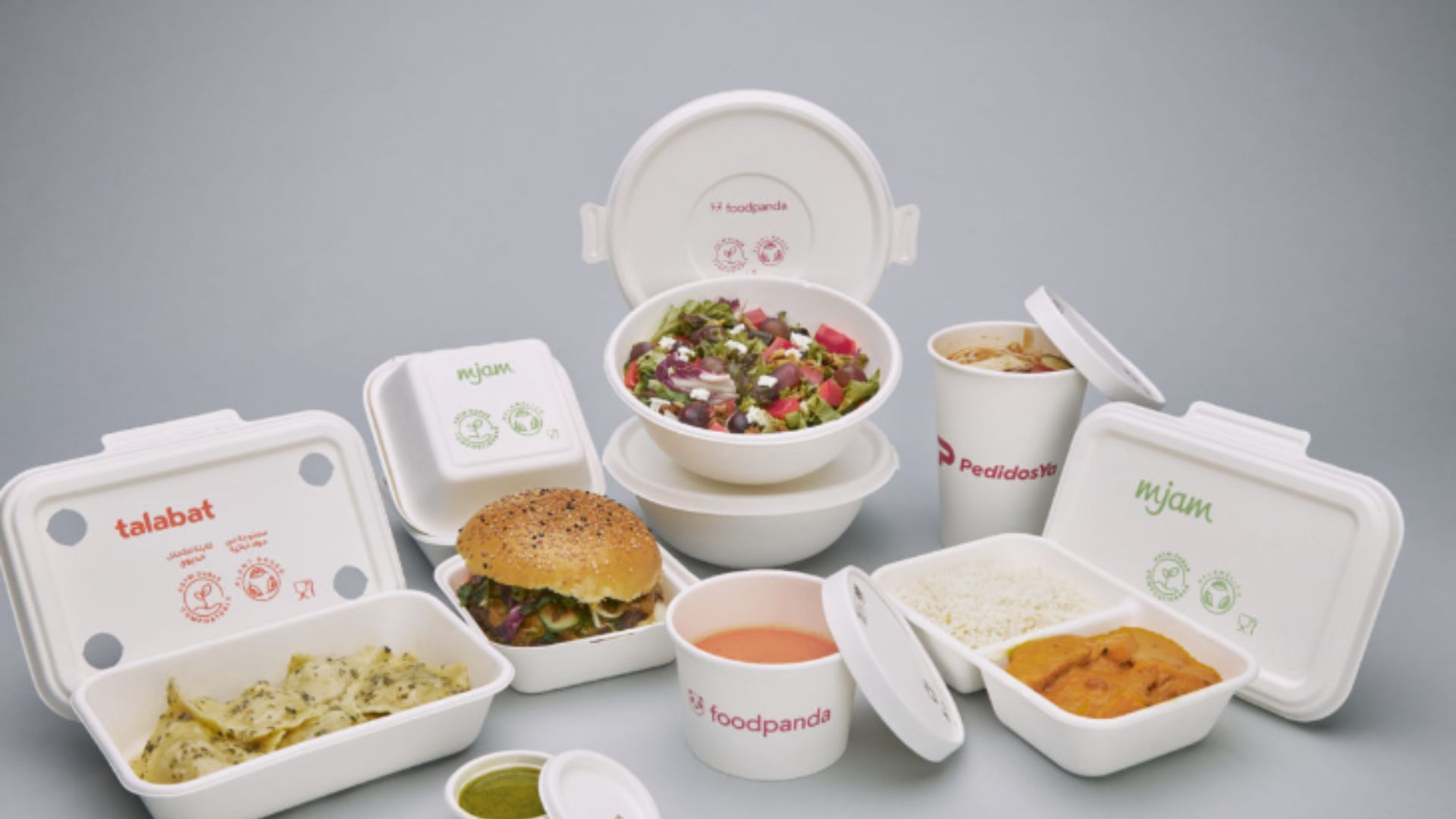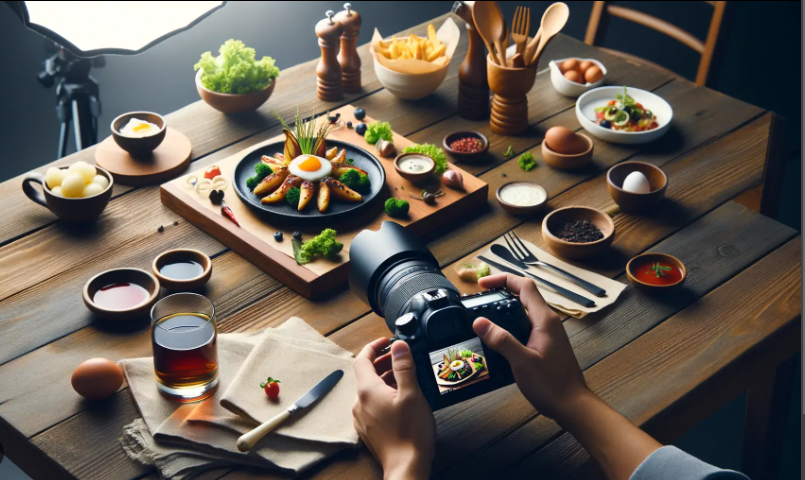
In today’s social media-driven world, a delicious dish deserves an equally delicious photograph. Food photography has become an art form, and mastering it can elevate your social media presence to a whole new level. This guide dives into the essentials of food photography, equipping you with the knowledge and techniques to capture mouthwatering shots that will have your followers drooling.
Natural Light is Your Best Friend
Artificial lighting can cast harsh shadows and unappealing colors on your food. Food photography thrives on natural light. Position your food near a window during the golden hour (the first or last hour of sunlight) for soft, diffused light that enhances the textures and colors of your dish.
Composition is Key: The Rule of Thirds
Imagine dividing your frame into a grid of nine squares with two horizontal and two vertical lines. The points where these lines intersect are considered “power zones” where your main subject should be placed. By following the rule of thirds in food photography, you create a more visually appealing and balanced composition that draws the viewer’s eye to the star of the show – your delicious creation.
Styling Makes the Difference
A beautiful plate goes a long way in food photography. Choose plates and servingware that complement the colors and textures of your dish. Consider incorporating props like cutlery, napkins, or fresh herbs to add depth and tell a story within the frame. However, avoid cluttering the scene; keep it simple and allow the food to be the hero.
Storytelling Through Backgrounds
The background plays a crucial role in food photography. A clean white background creates a minimalist aesthetic, while a rustic wooden table adds a touch of warmth and homeyness. Experiment with different backgrounds to complement the mood and style of your dish.
Capture the Details: Textures and Freshness
Food photography is all about capturing the details that make your dish irresistible. Use shallow depth of field to blur the background and draw focus to specific elements like dewdrops on fresh fruit, melted cheese oozing from a burger, or the intricate folds of pastry. Highlighting these textures and imperfections showcases the freshness and quality of your ingredients.
Editing Magic: Enhance the Beauty
While natural light is ideal, basic photo editing can further enhance your food photography. Adjust the brightness, contrast, and saturation to create vibrant colors and a more appetizing look. However, avoid over-editing and maintain a natural aesthetic.
Experiment and Have Fun!
Don’t be afraid to experiment and have fun in your food photography journey. Try different angles, play with props and backgrounds, and practice different lighting setups. As you gain experience, you’ll develop your unique style and capture stunning food photos that will leave your audience in awe.
Conclusion: Share Your Culinary Delights
Food photography is a powerful tool for sharing your culinary creations with the world. By mastering these basic techniques, you can transform your social media posts into a visual feast that will tantalize your followers’ taste buds and have them begging for more. So, grab your camera, unleash your creativity, and start capturing those mouthwatering food shots! Remember, the best food photography is a journey of continuous learning and exploration. Stay inspired by other photographers, experiment with new techniques, and most importantly, have fun capturing the deliciousness on your plate! Don’t forget the power of storytelling in food phtography. Capture the process of creating your dish, from prepping ingredients to plating the final masterpiece. Showcase the joy of cooking and the love poured into your creation. This personal touch will further connect with your audience and make your food photography even more engaging.





